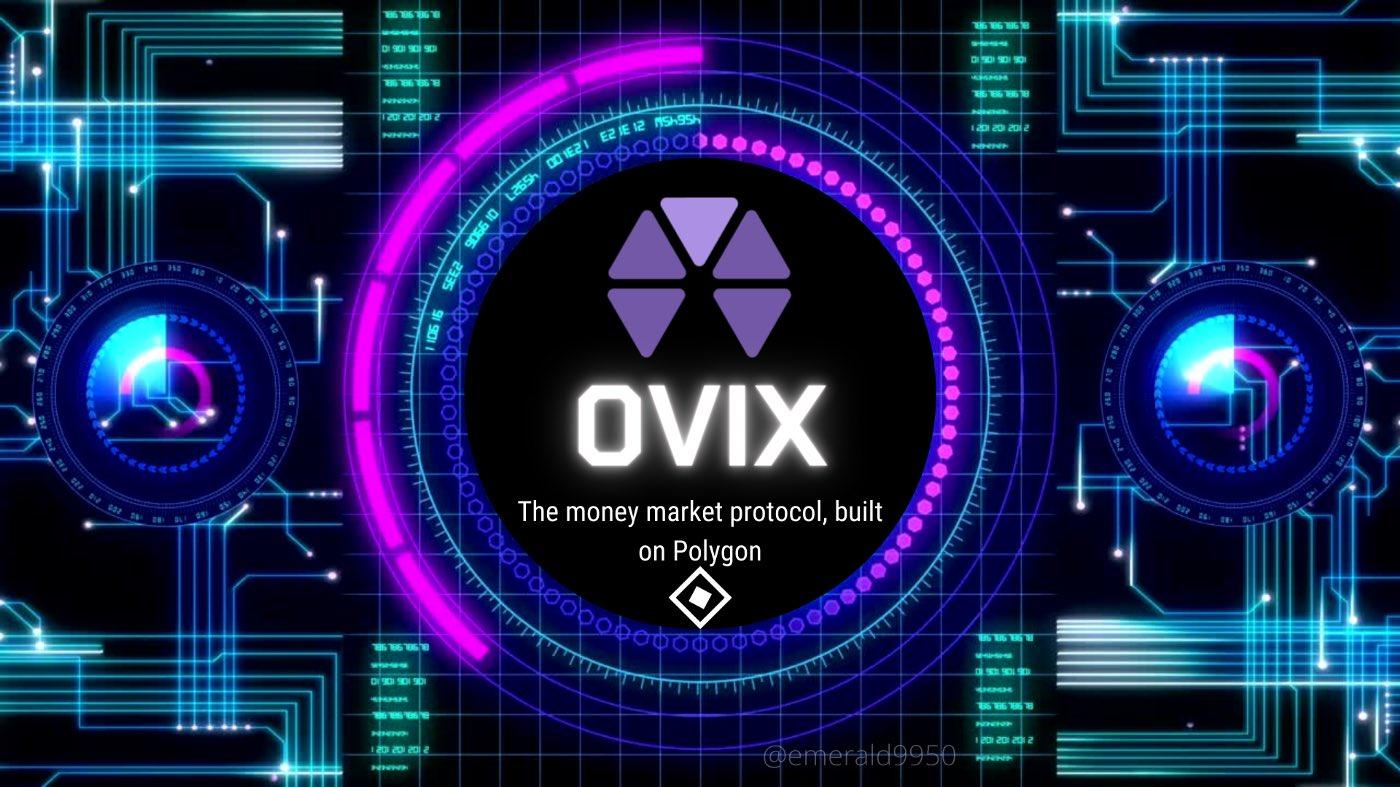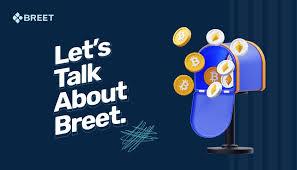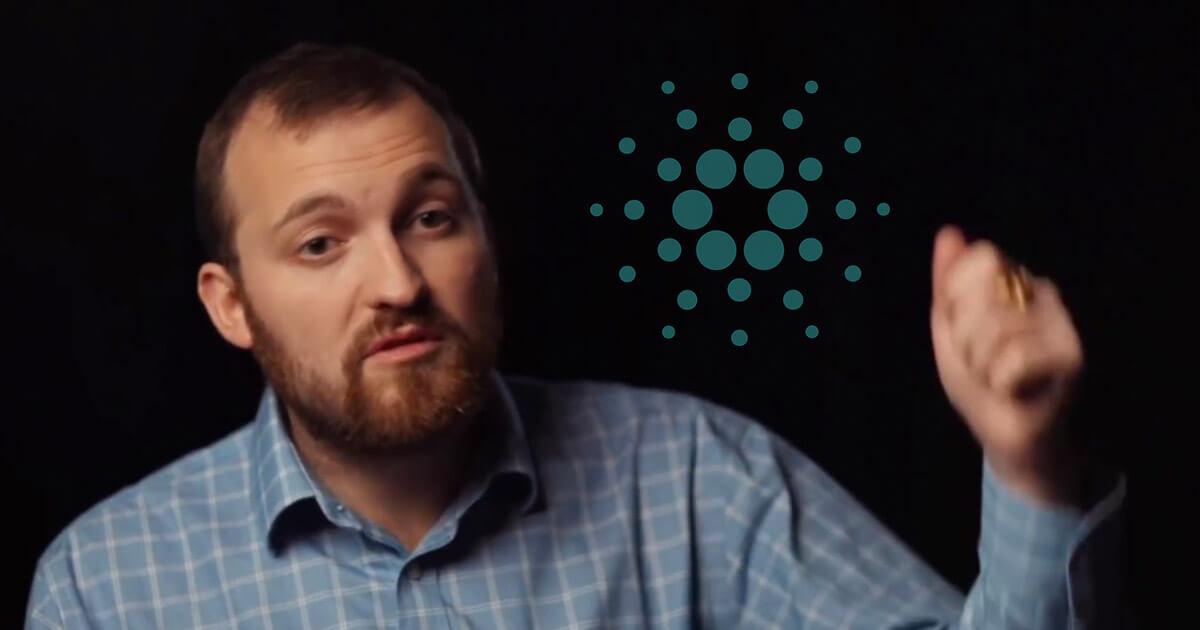In the presentation above, 0VIX’s Head of Quantitative Research, Daniele Pinna, gives us a peek under the hood at 0VIX, and a cross-section of the complex mathematics involved with building decentralised money markets. Before we dive into Daniele’s presentation, here are some important key terms to know.
What is 0VIX?
0VIX is a DeFi liquidity market protocol. It is the native money market on Polygon. The protocol allows users to lend, borrow and earn interest with their digital assets. By providing DeFi products on the highly scalable layer 2 network, Polygon, 0VIX helps to bypass network congestion and high gas fees associated with the Ethereum network. This helps to reduce barriers to entry into DeFi for potential investors with less capital. Originally conceptualised as a Compound fork, the 0VIX protocol will soon feature veTokenomics and dynamic interest rates.
What is a Money Market?
A money market protocol allows users to lend and borrow funds from a liquidity pool. Lenders earn interest from supplying tokens, while borrowers pay an interest to borrow tokens after depositing collateral. Lenders are, in reality, depositing their tokens into a liquidity pool – borrowers are allowed to borrow, from this liquidity pool, an amount that is proportionate to what they have supplied.. Dynamic interest rates are determined by how much liquidity is in the pool – less funds available in the pool translates to higher interest rates and vice versa.
What are veTokenomics?
veTokens, or Vote Escrow tokens, represent a token model that was first launched by Curve Finance. Curve Finance is a decentralised exchange on Ethereum designed specifically for stablecoin trading. veTokenomics were introduced to combat problems with previous tokenomics models in DeFi. The main problem being solved was that DeFi protocols usually offered inflated incentives for usage of the platform to boost initial user growth.
As a result, users with large amounts of tokens could take advantage of this by controlling the liquidity pool, earning themselves most of the rewards. Afterwhich, they would proceed to dump these reward tokens, usually creating a domino effect of panic selling. The value of the token would take a hit, and smaller participants in the ecosystem bore the brunt of the price impact. When the inflated incentives eventually run out, dynamic interest rates, yields and the market’s interest in the project would all eventually go lower and lower. While this model increased short term user growth, users had no incentive to leave their funds in the protocol once the incentives were reduced.
In the original Curve veTokenomics model, users were given the option to lock their assets in the protocol for a period of up to four years. This secures users’ funds for a longer term. In return, investors would be rewarded with boosted yields and voting rights. These voting rights allowed the community to dictate the allocation of the protocol’s “emissions” which refers to the rewards given out to users. The community would then be able to decide which pools these emissions would flow into and hence increase the liquidity of certain pools. Users that lock their Curve ($CRV) tokens are rewarded with extra yield and $veCRV tokens which is what gives them their voting rights. $veCRV holders could then possibly receive ‘bribes’ from protocols wanting to buy their votes to increase the next batch of emissions on the pools they were participating in. In veTokenomics, bribes are a good thing – thanks to blockchain’s transparency, bribes just mean that existing governance token holders can be directly rewarded by newcomers in the ecosystem. Another benefit of Curve’s veTokenomics is that large amounts of the token supply are locked up and taken off the market, which is beneficial for the underlying token’s price. veTokenomics therefore encourages users to have more skin in the game long-term. Previously, such community driven tokenomics were only accessible through complex, highly technical DeFi protocols. When the full 0VIX protocol is launched, its VIX token and dynamic interest rates will make community-governed money markets much more accessible.
0VIX’s Approach to Market Risk Assessments
The biggest responsibility that money market protocols have is to ensure that all users can be “made whole”. This means that the protocol must have enough funds to pay all users if they choose to withdraw their funds – even in the case of a bank run, or a mass exodus of users. A mass exodus usually occurs after some adverse news or event. One recent example would be the Terra/LUNA saga, when UST holders scrambled to sell their UST upon the “depeg”.
Safeguarding a protocol’s systemic risk is a complex operation, especially given the huge variety of operations that users can undertake at the same time. Some users may simply be supplying stablecoins to earn yield (low risk strategy with minimal or no risk of liquidation). Some may be depositing their bitcoin (BTC) to borrow other tokens with different price properties and histories, proceed to supply these borrowed tokens to the liquidity pool, borrow more tokens, and so on. This essentially creates a very large leveraged position, otherwise known in the DeFi world as ‘looping’.
Another important metric for lending protocols like 0VIX is the Loan-to-Value ratio, or LTV. An asset’s LTV is used to calculate the maximum loan amount a user can borrow according to the current value of their supplied assets. For example, if a user has supplied $1000 USD worth of ETH as collateral, and the Loan-to-Value figure is 60%, then the user can borrow up to $600 USD worth of assets. (https://docs.0vix.com/core-protocol/borrowing)
0VIX utilises a unique market risk assessment approach via agent based modeling to maintain the long term health of the protocol. 0VIX assesses the risk by accounting for mainly three different inputs – price trajectories of tokens, user actions (deposit, borrow, swap), and user portfolios on the platform. By running a simulation with these 3 inputs, 0VIX can model the potential liquidation threshold of users, accounting for liquidation amounts and counts. The health of the protocol can thus be optimised using these results so that the protocol is prepared to make every user whole given any potential scenario. 0VIX assesses their protocol’s overall systemic risk using this agent based modeling.
For a deeper, more mathematical, dive into this, 0VIX’s recently published research paper provides a great starting point.
With the market risk assessment done, 0VIX is able to implement more detailed risk dashboards for users that go beyond simply showing them their LTV ratio, which is the extent of what most lending protocols nowadays are showing users.
How are Price Oracles Important for Operations?
In his presentation, Daniele said that the aforementioned operations are all extremely sensitive to price dynamics. A lending protocol’s sensitivity to price dynamics means that robust, battle tested price oracles are a necessity. The oracle has to report accurate prices for liquidations to occur as they were supposed to. Any incorrect liquidation (the inverse too, if someone was supposed to be liquidated but was not due to a slow price oracle) is detrimental to both the protocol and more importantly, users of the protocol.
Risk Assessment Frameworks in DeFi
Regulators are becoming increasingly concerned about whether DeFi is safe for consumers. The contagion risks (contagion risk means that financial difficulties at one or more counterparties spill over to a large number of other users as a whole) in the space have become more apparent with recent incidents involving 3AC and Celcius. Regulators argue that these risks must be quantified before DeFi can be qualified as safe to use for consumers.
With that in mind, more thorough risk assessment frameworks are required. The DeFi space needs to be more effective in modeling uncertainty that users are subject to.DeFi systems must increase their robustness to handle uncertainty and extreme volatility, and oracles play a huge role in this as one of the most important pieces of DeFi infrastructure.
With this need for more robust risk assessment in mind, Daniele and his team pay close attention to how the protocol handles new or additional risk. If you’re interested to learn more about the 0VIX protocol, check out their links below and stay tuned to the Blockchain Oracle Summit for more deep-dives under the hood.
0VIX was a Platinum Sponsor of the inaugural Blockchain Oracle Summit: Berlin. BOS22 was the first conference to focus solely on oracles’ importance and design. Leading speakers from across the DeFi-TradFi spectrum came to Berlin to take deep-dives into their work using oracles to power exciting use-cases of blockchain technology.
#blockchain #bitcoin #cryptocurrency #crypto #ethereum #btc #forex #bitcoinmining #trading #money #cryptocurrencies #eth #bitcoinnews #bitcoins #investment #business #cryptonews #cryptotrading #coinbase #invest #investing #blockchaintechnology #entrepreneur #binance #nft #litecoin #forextrader #trader #bitcointrading #bitcoincash





